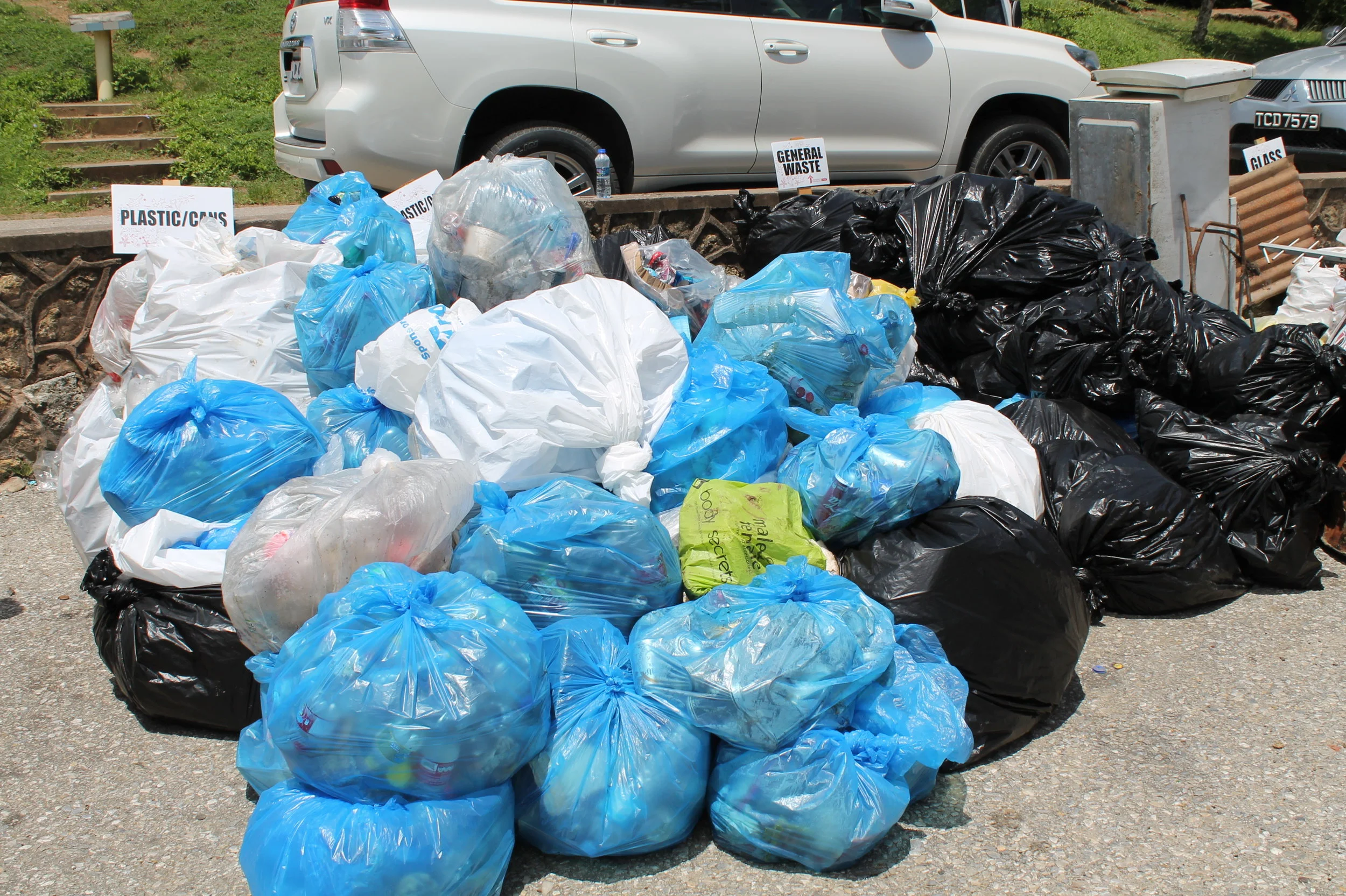While the country continues to struggle to meet its renewable energy targets by 2021, the Government of Trinidad and Tobago has made a first step in the direction of diversifying its energy mix for electricity away from 100 per cent natural gas-fired power plants. Earlier in September, the Ministry of Energy and Energy Industries issued a request for the submission of expressions of interest (EOI) for a waste-to-energy (WtE) facility at the Beetham Landfill site.
According to the Trinidad and Tobago Solid Waste Management Company Limited (SWMCOL), approximately 1,000 tonnes of waste reach local landfills daily in Trinidad and Tobago, and this excludes the large quantities of waste illegally dumped on roadsides and into river courses. Local landfills are nearing full capacity and some method of either increasing landfill space or reducing the amount of waste is required.
One solution is the construction of a WtE facility. There are many examples of these facilities around the world, including the Edmonton Incinerator which has burnt London’s waste since 1971 and provides 55MW of electricity to Britain’s power grid. Process control of harmful emissions that might arise due to incineration has advanced significantly and modern facilities possess successful track records of safe, reliable operations with dedicated systems that meet strict environmental regulations and standards. The EOI seeks to gather interest for this type of project from qualified developers with experience in a WtE facility and operate and transfer schemes.
The EOI indicates that the WtE facility should have a capacity of 750 tonnes of waste per day. The identified scope of work also includes an assessment of byproducts from the WtE plant.
A WtE plant in Trinidad and Tobago has always attracted quite significant debate in the country. Many researchers have indicated that we may not have an appropriate composition of waste nor the critical volume of it to make it sustainable.
While key economic objectives seem attainable, other considerations remain. About 1,000 tonnes per day of physical waste is expected to be generated locally; existing waste from local landfills will likely need to be combined with daily collection quotas to meet project requirements due to the waste composition not being fully usable. Some products can be used in the incinerator and others cannot, thus accounting for the shortfall in waste to make the project sustainable. Additionally, waste could be imported (as a service) from neighbouring countries such as Grenada, St. Lucia and even Venezuela. If waste needs to be imported for the sustained operations of a WtE plant, then this strategy must be well thought out.
During a mini symposium hosted by the University of Trinidad and Tobago (UTT) and the Energy Chamber of Trinidad and Tobago earlier this year, feature speaker Eric Borremans, Co-ordinator Officer, Meeco Group, Germany, said that one of the key things that Trinidad will also have to do is secure the Beetham Landfill and ensure that ‘scavenging’ is not allowed. This may be difficult to initially implement since residents in the area earn revenue from this.
At this time, the Beetham Landfill is simply a dump, meaning that there is no sorting of waste. While the EOI specifies 750 tonnes which may be achievable, composition must be assessed and sorting of waste must also be addressed as there is currently no mechanism for sorting in Trinidad and Tobago. One of the key issues surrounding a waste-to-energy plant may be the beginning of a proper waste management system for the country, and perhaps that may be the main driver for the plant rather than the generation of electricity.

